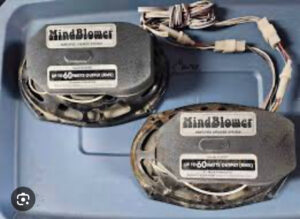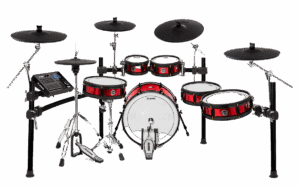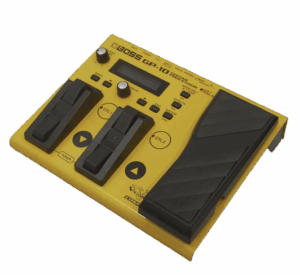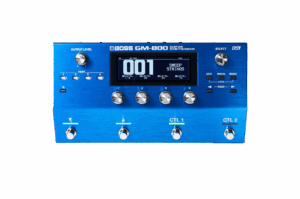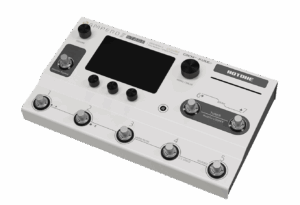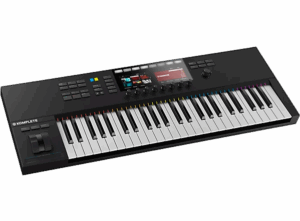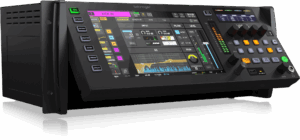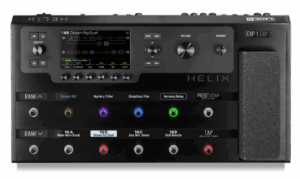Helix Floor
3 min read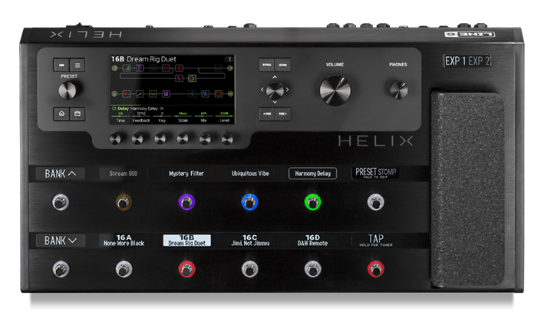
A Versatile Powerhouse for Guitarists in 2025
The Line 6 Helix Floor, first released in 2015, remains a top-tier guitar multi-effects processor and amp modeler in 2025, thanks to its robust feature set, continuous firmware updates, and rugged design. Powered by dual-SHARC processors and Line 6’s HX Modeling engine, it delivers authentic amp and effects tones, competing with high-end units like the Kemper Profiler and Fractal Audio Axe-FX. It’s a favorite among gigging musicians, worship leaders, and studio producers for its flexibility and intuitive interface. Here’s a detailed review based on its features, performance, and user feedback from various sources.
Line 6 Helix Floor Review
- Build and Design
- Rugged aluminum enclosure with roadworthy footswitches and an onboard expression pedal, weighing 14.6 lbs—built to withstand gigging demands.
- Features a large 6.2-inch color LCD and 12 capacitive-touch footswitches with customizable LED scribble strips, making preset navigation visually clear.
- Compact pedalboard-style design (22.05″ x 11.85″ x 3.62″) is more portable than rack-based competitors, though some users find it bulky for smaller setups.
- Boot time can be slow (around 30 seconds), which may frustrate live performers needing quick setup.
- Sound Quality and Modeling
- HX Modeling with dual-SHARC processors delivers realistic amp and effects tones; currently offers 62 amps, 37 cabs, 16 mics, and 104 effects (as of recent firmware updates).
- Amp models like the Fender Deluxe and Mesa Boogie Rectifier shine for clean and high-gain tones, with a playing feel that reacts dynamically to pick attack.
- Effects are a highlight, with standout simulations like the Uni-Vibe, Minotaur (Klon clone), and LA Studio Comp (Teletronix LA-2A), rivaling high-end pedals.
- Some users note that stock acoustic and string sounds can feel brittle; third-party impulse responses (IRs) like OwnHammer IRs often improve results.
- I/O and Connectivity
- Extensive I/O: 2 guitar inputs, 4 stereo effects loops, XLR and 1/4″ outputs, S/PDIF and AES/EBU digital I/O, MIDI in/out, and an 8-in/8-out USB audio interface.
- Supports up to four stereo signal paths with 32 blocks, allowing complex routing like wet-dry-wet setups or parallel amp configurations.
- Variax guitar integration via VDI cable enables seamless model switching, tuning changes, and parameter control, a boon for Line 6 ecosystem users.
- Drawback: Mono effects after stereo blocks can sum the signal, limiting stereo imaging in certain setups.
- Performance and Features
- 1,024 preset locations across 8 setlists, each with up to 4 stereo paths and 8 blocks, offering immense flexibility for live and studio use.
- HX Edit software simplifies preset editing via USB, though some users wish for offline editing capabilities as a “scratch pad” for ideas.
- Features like snapshots (for seamless parameter changes within a preset) and touch-sensitive footswitches for quick editing are praised for live performance.
- DSP can be taxed with heavy presets (e.g., multiple amps or IRs); users recommend using snapshots instead of duplicate chains to save processing power.
- Workflow and Usability
- Intuitive interface with a joystick and touch footswitches for fast parameter tweaks; users often bypass the manual due to its visual design.
- Set List and Snapshot modes streamline live performance, allowing smooth transitions between sounds without cutting audio.
- Community support is strong, with free and paid presets on CustomTone and from creators like Glenn DeLaune, reducing setup time for worship or cover bands.
- Drawback: The learning curve can be steep for beginners, and synth sounds (monophonic, glitchy tracking) disappoint compared to dedicated pedals like the Boss SY-1.
- Value and Reliability
- Priced at $1,499, it’s more affordable than competitors like the Axe-FX II ($2,500+) while offering comparable sound quality and superior I/O flexibility.
- Users report long-term reliability, with units from 2015 still in use; firmware updates (e.g., v3.7) add new amps and effects, keeping it current.
- Some frustration with the lack of a bundled backpack and occasional DSP limitations, but most agree it’s a worthy investment for its all-in-one capabilities.
- Mixed sentiment: While many sell their amps and pedals after switching, others keep tube rigs for specific tones, especially vintage Fender/Marshall sounds.
Summary
The Line 6 Helix Floor remains a top choice in 2025 for guitarists seeking an all-in-one solution, blending realistic amp modeling, studio-grade effects, and unmatched routing flexibility. Its intuitive design, robust build, and strong community support make it ideal for live performance and recording, particularly for worship musicians and gigging pros. However, its DSP limitations, monophonic synth sounds, and occasional brittleness with certain tones may require workarounds like third-party IRs or external pedals. For those willing to dive into its depth, the Helix Floor offers incredible value, often replacing entire rigs without sacrificing quality.
